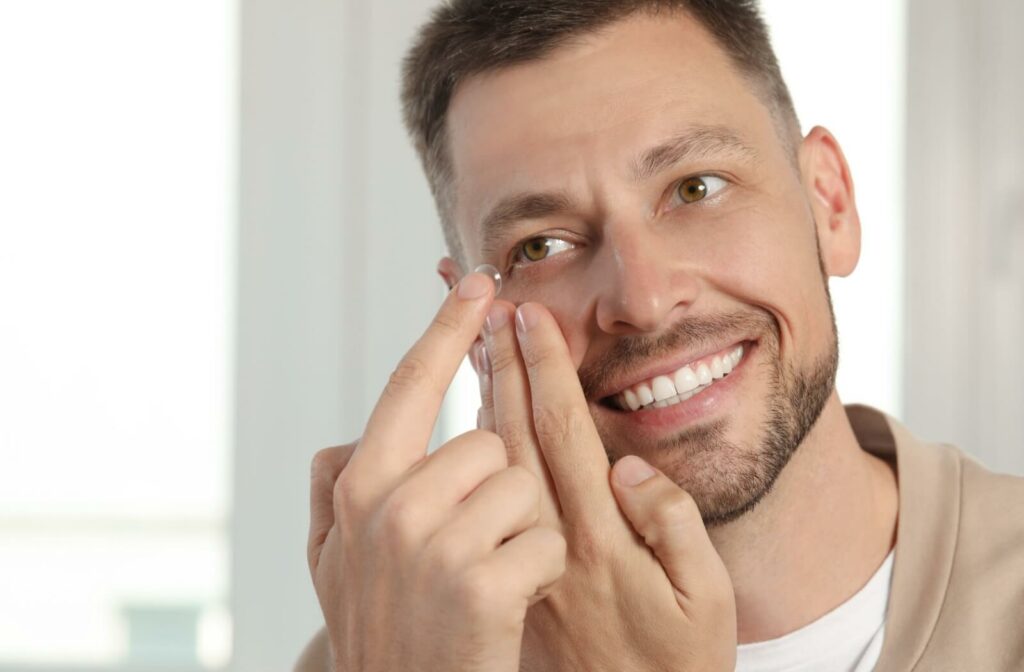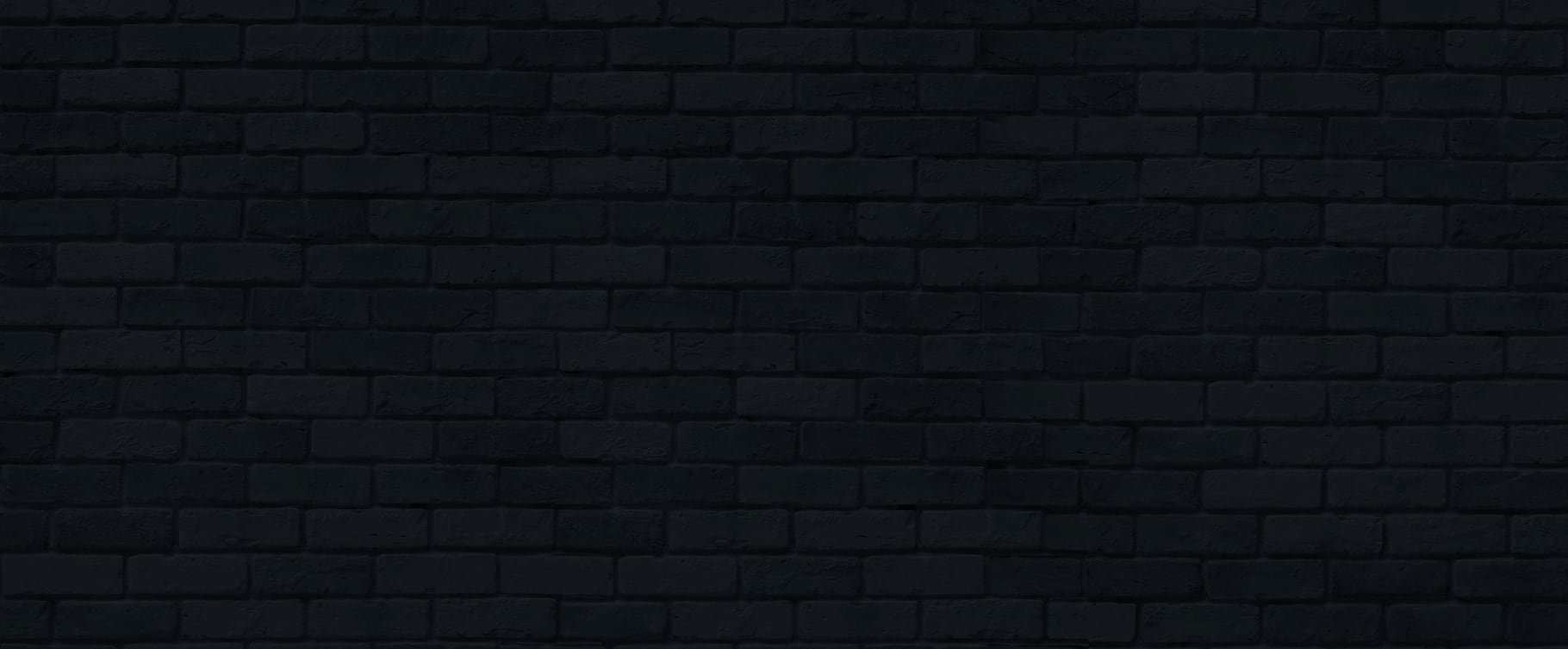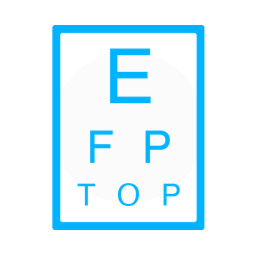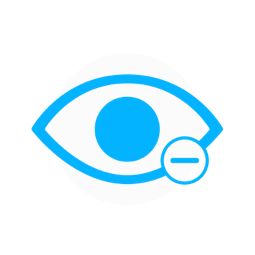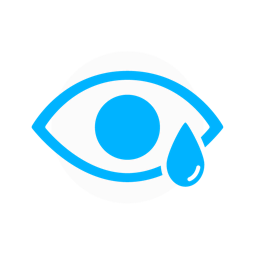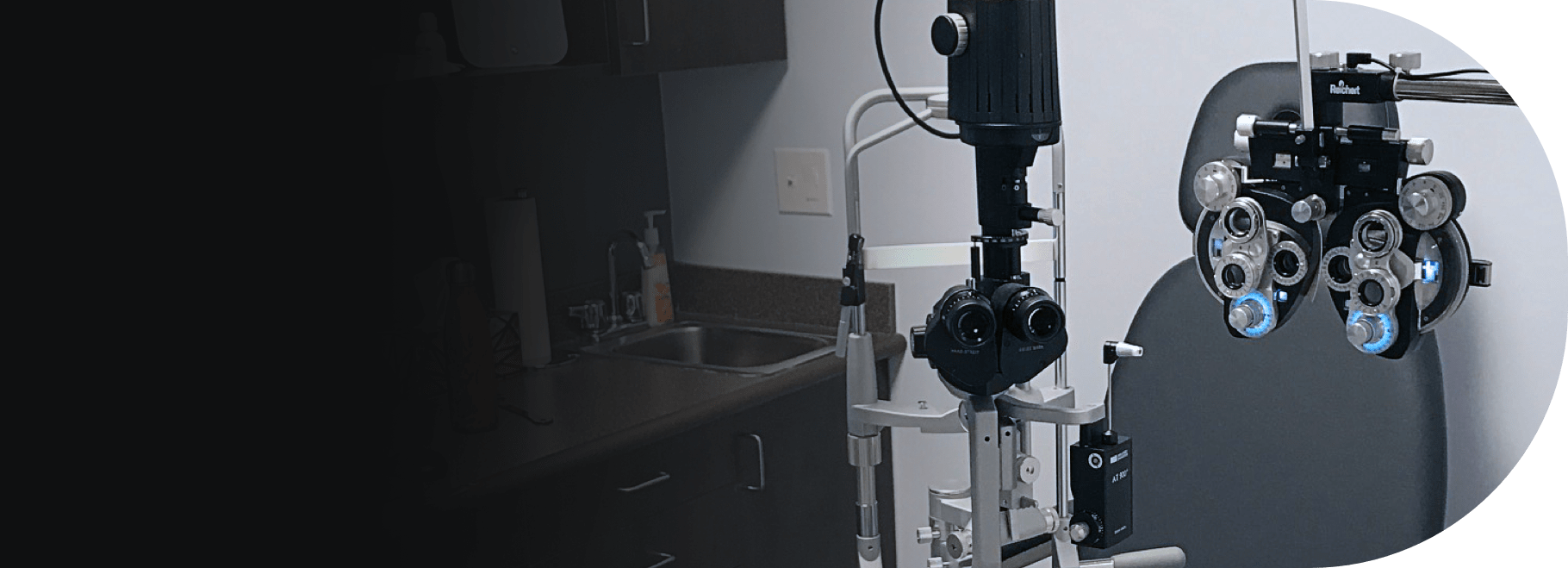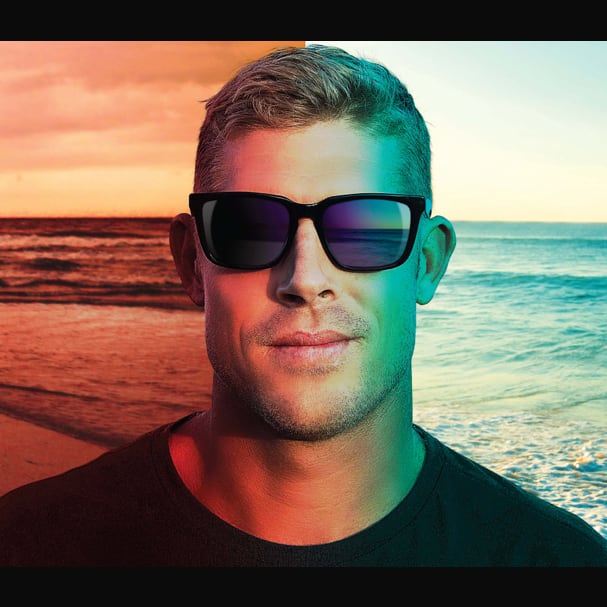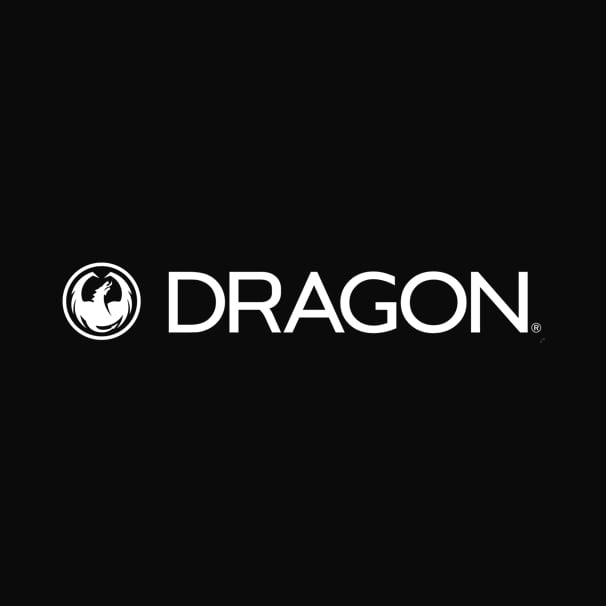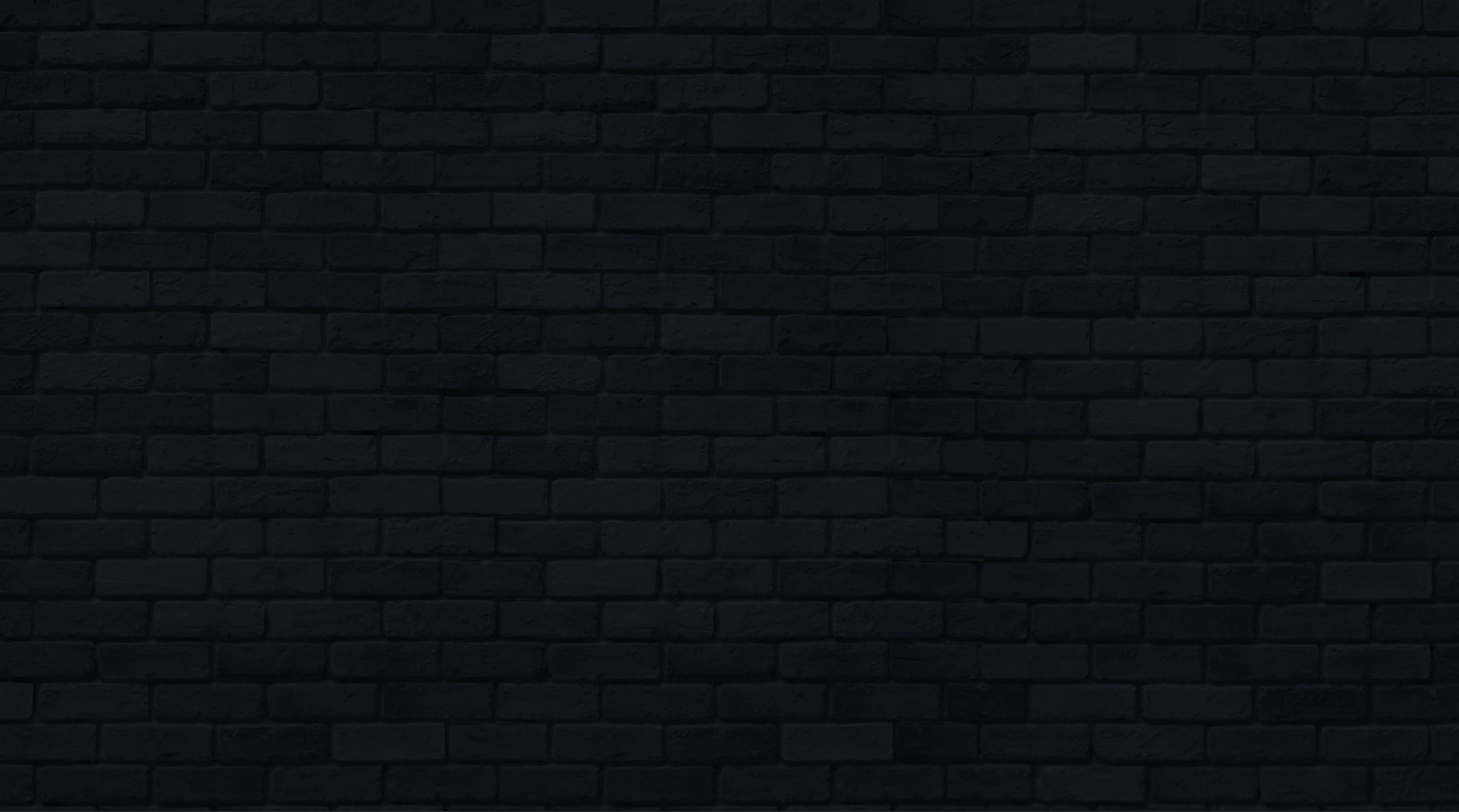Contact lenses offer the freedom to go without glasses for sports, fashion, or just because you prefer it. A contact lens fitting is a process conducted by an optometrist to determine the best contact lenses for your eyes. Here’s what typically happens during a contact lens fitting:
- Initial Eye Examination: The optometrist will perform a comprehensive eye exam to assess your overall eye health and vision needs.
- Measurements: Specific measurements of your eyes are taken, including the curvature of your cornea and the size of your pupils and iris. These measurements ensure that the lenses will fit properly and comfortably.
- Lens Selection: Based on your eye exam and measurements, the optometrist will recommend the most suitable type of contact lenses for you. This could include soft lenses, rigid gas-permeable lenses, or specialty lenses depending on your vision requirements.
- Instruction and Training: If you are new to contact lenses, the optometrist or their assistant will teach you how to insert, remove and care for your lenses safely.
- Follow-Up: A follow-up appointment may be scheduled to ensure that the lenses are fitting well and meeting your vision needs.
The goal of a contact lens fitting is to find lenses that provide clear vision, comfort, and safety tailored to your specific eyes and lifestyle.
See Eye Clinic is dedicated to total eye care and maximizing our clients’ visual potential, it all starts with booking an eye exam or a contact lens fitting!
What Is a Contact Lens Fitting?
A contact lens fitting is a detailed and personalized process conducted by an optometrist to make sure that contact lenses are meticulously tailored to the unique characteristics of your eyes. This multi-step procedure is crucial because it guarantees comfort, optimal vision correction and the overall health of your eyes.
During the Lens Fitting
Each contact lens fitting begins with a consultation where your optometrist will ask about your medical history and lifestyle. The initial phase of the fitting involves a comprehensive eye exam, which includes a thorough health check of your eyes and determining your prescription and refractive error.
The optometrist will then examine both the interior and exterior of your eyes using a slit-lamp. You might also undergo an eye pressure test to check for glaucoma. Additionally, the optometrist may use dilation eye drops to enlarge your pupils, allowing a detailed examination of the retinas at the back of your eyes.
Once the initial eye exam is complete, the optometrist will proceed with the contact lens fitting. This involves taking specific measurements of your eyes:
Corneal Measurement:
The optometrist will measure the curvature of your cornea, the transparent front part of your eye, using a corneal topographer. You’ll rest your forehead on a brace as light shines into your eye, and the topographer measures the cornea precisely by analyzing how the light reflects off it.
Tear Film Evaluation:
Dry eye syndrome is a common issue for contact lens wearers, leading to red and inflamed eyes if not enough moisture is produced. To assess your tear production, the optometrist may place a small piece of paper behind your lower eyelid for a few minutes. After retrieval, this paper helps evaluate your capacity for producing tears.
These steps ensure that your contact lenses fit well and are comfortable, addressing any potential issues such as dry eyes to maintain your eye health.
Lens Selection
Your optometrist will use the information gathered in your contact lens fitting to recommend the most suitable type of contact lenses for your specific needs.
Soft Contact Lenses
Advantages:
- Enhanced comfort
- Shorter adaptation period
- Rarely fall out, making them ideal for sports
- Available with UV protection
- Offered in colored options
- Convenient and healthy daily disposable options
- Multifocal options available to correct presbyopia
Disadvantages:
- Vision may not be as sharp compared to hard contact lenses for some individuals
- More challenging to handle during insertion and removal
- Prone to drying out, causing discomfort for some users
- Susceptible to protein and lipid deposits, leading to discomfort over time
Hard Contact Lenses (Rigid Gas-Permeable)
Advantages:
- Excellent vision clarity
- Superior oxygen permeability
- Long lifespan
- Durable and robust
- Easier handling for insertion and removal
- Lower risk of eye infections compared to soft contacts
- Multifocal options available to correct presbyopia
Disadvantages:
- Less initial comfort
- Longer adaptation period required
- More easily dislodged, making them less suitable for contact sports
- Require consistent wear to maintain adaptation, not ideal for part-time use
- More prone to discomfort from debris getting under the lens
After the Lens Fitting
You’ll need to schedule a follow-up appointment after your initial contact lens fitting. For some individuals, finding the perfect lenses may require trying out a few different types.
Once you have your final prescription, you can purchase contact lenses from your eye doctor. Your prescription will include important details such as the diameter, base curve, and power of the lenses.
Contact Lens Care
Since contact lenses sit directly on the cornea, it’s crucial to follow your optometrist’s instructions carefully to keep your eyes healthy. Improper usage and handling of contact lenses can lead to infections and other complications, so maintaining cleanliness is key. Here are some basic contact lens care tips:
- Always remove your lenses before bed.
- Avoid wearing contact lenses while bathing, using a hot tub or swimming.
- Follow your optometrist’s advice on replacing and caring for your lenses.
- Never use tap water to clean your lenses.
- Wash and dry your hands thoroughly before handling contact lenses.
- Schedule annual comprehensive eye exams to monitor your eye health.

Patient-Focused Eye Care at See Eye Clinic
Whether you’re new to contact lenses or looking to switch up your current ones, we’re here to assist you! Schedule an appointment with See Eye Clinic for patient-focused and friendly eye care.


